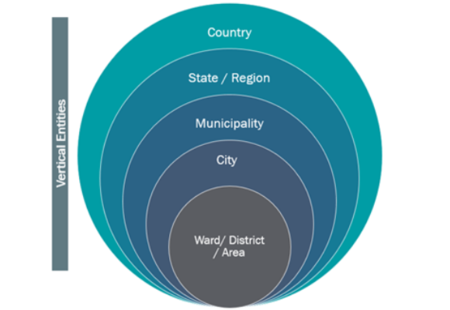This knowledge product, available to download below, is designed to support states and regions in understanding some of the practical and technical considerations for ‘vertical integration’ between national, subnational and local governments, with a particular focus on data for greenhouse gas (GHG) inventories and mitigation measures and targets.
It unpacks what is meant by ‘vertical integration’, the areas this is relevant to and the different forms this can take, from improving communication to alignment of processes to fully integrated systems. In addition, it outlines the benefits and opportunities of vertical integration for GHG data, and sets out three principles which can help guide the selection of solutions to common challenges.

This document was prepared by Ricardo Energy & Environment as part of the Climate Footprint Project.
The Climate Footprint Project supports state and regional governments to improve their greenhouse gas emissions tracking and reduction efforts. In the first phase of the project, the project worked with states and regions in developing and newly industrialising countries including Pernambuco (Brazil), Chhattisgarh and West Bengal (India), Baja California, Jalisco and Yucatán (Mexico), and KwaZulu-Natal (South Africa).
GHG data alignment principles and practices.pdf
Size: 492.96 KB
Date added: 19/07/21